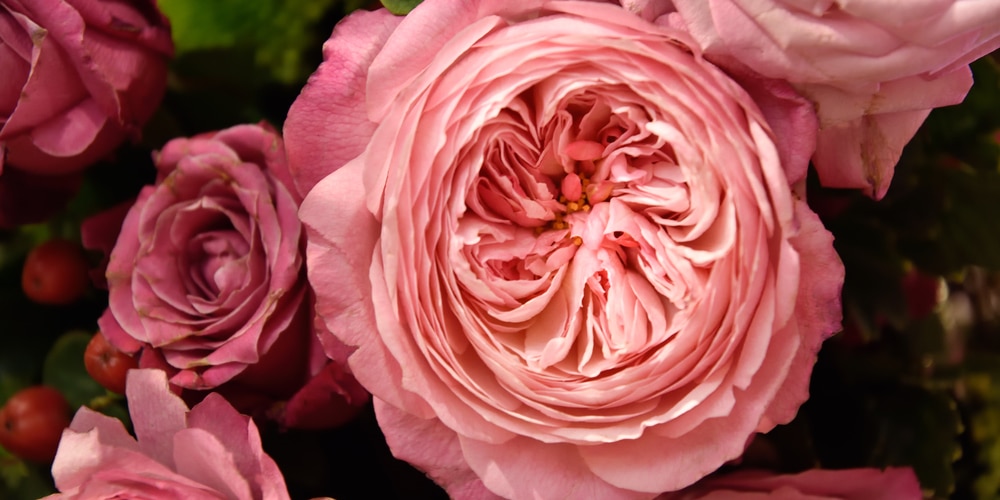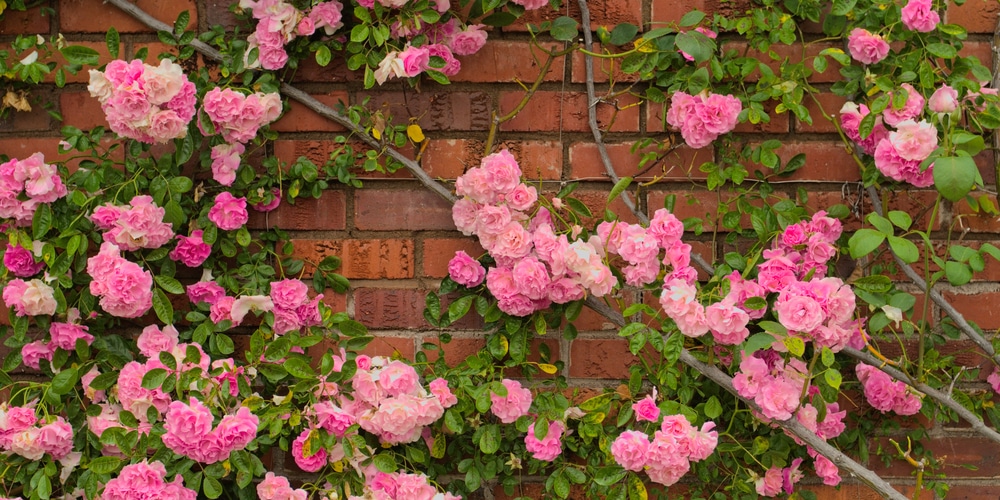Fancy a climbing rose but don’t know if it’ll live in your climate? If you’re in USDA hardiness zone 6, don’t be disheartened, as several varieties can grow reasonably well with extra care. Here is some helpful information on climbing roses zone 6 and when to plant them.
Can You Grow Roses in Zone 6?
Traditional roses are hardy enough to live in a variety of climates, including that of zone 6.
That said, climbing roses are no different- they have the same habits as regular roses except that they climb up and beyond gates, fences, and similar vertical structures. Its blooms are a shower of color and fragrance when springtime arrives (or fall or summer, depending on the species).
You can pick from a variety of climbing roses to grow, and they tend to do well as long as their requirements are met.
Some of the best you can plant include ‘Altissimo,’ ‘American Beauty,’ ‘Dublin Bay,’ ‘Fourth of July,’ ‘Iceberg,’ ‘Peace,’ and ‘Royal Sunset.’ Some of the rose variants mentioned might be pushing the boundaries of frost temperatures, so you’ll need to protect them when winter comes.
When to Plant Climbing Rose in Zone 6
The best time to plant your climbing rose in zone 6 is from early spring until summer. The planting window is generous for these plants- you can get them started as late as autumn or late fall as long as you give them the things they need to grow.
The last frost occurs from April 1 to 15 in USDA zone 6. Once the danger has passed, it’s time to coax your climbing roses into the ground and help them grow.
Regardless of season or climbing rose variety, you’ll want to put them in the best position to succeed and flower. Roses will want lots and lots of sun, so you should scout out areas in your yard or garden that get bright morning light. Roses aren’t picky about the soil type as long as it’s well-draining. What’s important is that you water them well and keep the ground or container from completely drying out.
Roses are versatile blooming plants that can do well in a spacious container. You can start your climbing rose this way, then transfer it once canes develop, or you can put them directly beside the structure you want them to climb on.
How to Care for Climbing Roses Zone 6
Roses perform best and produce more flowers in full sun. As for the soil, any will do, but you’ll want to put them on rich and loam soil with adequate drainage. You can amend your existing soil with organic matter such as mulch or compost to make it more suitable for your plants.
Climbing roses can be planted bare roots during late winter or early spring if the soil isn’t frozen. One trick to remember is that if you want more blooms, you should add more fertilizer and a consistent basis.
It’s recommended that you skip pruning during the first few years. Give them time to settle and develop canes, and more if you want them to climb up the way you want them to. Afterward, it’s best to prune just every four years or so to remove the old canes and make way for the young ones.
Caring for a climbing rose zone 6 requires you to watch for bugs and diseases. The most common enemies of a rose are Japanese beetles and aphids, which can easily be removed using a spray of water or organic pesticidal soap. For maintenance, it’s recommended that you do the regular cleanup of debris, such as leaves and diseased canes. To prevent fungi, you’ll want to situate your climbing roses where it gets good airflow and direct sunlight.
Canes can be trained to climb up trellis and fences. However, you should start this as early as possible and when the first few canes develop on your rose. While they’re relatively soft and pliable, lead them up laterally so they will produce more spurs, which in turn produces more flowers. Depending on the variety’s speed of growth, you’ll want to check regularly to see if they’re going the way you want them to.

